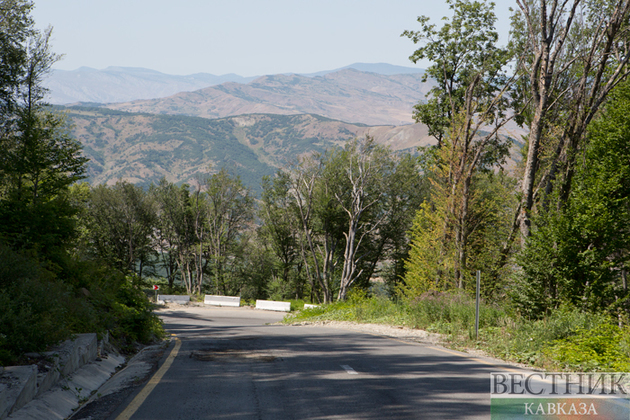According to Iran's ministry of Cultural Heritage, Tourism and Handicrafts, the plan to install a cable car system in the northern province of Golestan poses no threat to the UNESCO-registered Hyrcanian forests, Tehran Times writes.
“The project to build Kabudval cable car would be outside the forests and it does not threaten the World Heritage site,” said senior advisor to the tourism minister Mohammad Hassan Talebian. His remarks follow concerns expressed by environmentalists and cultural heritage activists about the implementation of a cable car project within the forest area, as indicated by the remarks by Iranian tourism minister Ezzatollah Zarghami.
During his visit to Golestan on Friday the minister announced that in accordance with the agreements of the Department of Environment and the Forests, Range and Watershed Management Organization, and the implementation of cultural heritage rules, the Ministry of Cultural Heritage, Tourism and Handicrafts approves the Kabudval cable car project.
A great deal of effort has been expended on gaining the UNESCO label for the Iranian Hyrcanian forests, which are recognized as being among Iran’s most precious natural resources and there is no plan to implement projects within them, Talebian added. A team of experts in the field of environment and natural resources is involved in the implementation of the cable car project, he noted.
Back in 2020, an official with the Forests, Range, and Watershed Management Organization warned that Hyrcanian forests could lose their prestigious UNESCO status if the project of setting up cable car is implemented as planned.
Although parts of the Hyrcanian forests have been registered on the UNESCO World Heritage List, the follow-ups for setting up the cable cars in this area continue and if this happens, the forest may be removed from the list, the official said. “We have to be responsive not only to our country but also to the world for the damages done to this forest,” he added.
Spanning from the south of Azerbaijan to about 850 km eastward to the provinces of Gilan, Mazandaran, and Golestan, Iran’s UNESCO-registered Hyrcanian forests (also known as Caspian forests) are witnesses of the ancient forests of the world since they have survived between 35 and 50 million years.
According to UNESCO, these forests are between 25 and 50 million years old. Their surface area was reduced during the Quaternary Period's dramatic climate changes and glaciations and expanded again when the temperatures stabilized. UNESCO has documented the existence of over 3,200 vascular plants and 58 species of mammals, including the iconic Persian panther and endangered wild goat in the forest.
Due to its isolation, the areas now protected by UNESCO are home to many endangered and endemic plant species at a regional and local level.
In July 2019, the UN cultural body designated the vast woodland as a World Heritage site, making it the second such Iranian natural site after Lut Desert, which was granted the tag in 2016.
According to UNESCO, the forest contains the most significant natural habitats for in-situ conservation of biological diversity, including those containing threatened species of outstanding universal value from the point of view of science or conservation. It also contains superlative natural phenomena or areas of exceptional natural beauty and aesthetic importance.
Having an opulent tourist circuit with 26 UNESCO World Heritage sites Iran seeks to acquire a greater share of the global tourism industry by 2025.






